- Vendor: crystal paradise
Smithsonite from Indonesia (1018g) - XXL specimen - glittering green crystals in grape shape
Naturprodukt - Jedes Stück ein Unikat
Kontrollierte Lieferkette - Wir kennen unsere Lieferanten und beziehen überwiegend direkt aus den Fundländern
Authentische Bilder – ohne Farbfilter oder nachträgliche Änderungen, abgesehen von der Hintergrundentfernung
USE RICH TEXT EDITOR
And big icons to highlight the product sale point
Experience the beauty of Smithsonite!
Immerse yourself in the fascinating world of minerals with our exquisite Smithsonite. This extraordinary mineral, known for its rich palette of colors and impressive crystal structure, is a must-have for every collector.
Its unique texture and shimmering shine make it a real eye-catcher in any collection.
Whether you are an experienced collector or just starting your collection, smithsonite is an excellent addition. Its unique composition and fascinating history make it an interesting conversation piece.
Don't hesitate! Complete your collection today with our stunning Smithsonite. Experience the wonders of nature in your hands. Order now!
Please take a look at my other offers. There you will find aquamarines as well as other minerals such as amethysts, rock crystal, epidote, tourmalines and many others that will inspire you.
With accessories from our shop you can skilfully showcase this great specimen.
Smithsonite, also known as zinc spar, is the mineral form of zinc carbonate (ZnCO3). It is a common mineral from the mineral class of "carbonates and nitrates". It crystallizes in the trigonal crystal system, but rarely develops well-formed crystals. The typical shape is earthy and grape-shaped.
Smithsonite occurs in a wide range of colors. Its typical spherical shape and often bright colors make it a sought-after mineral for collectors. The color variations are caused by the partial replacement of zinc with other elements. For example, copper often results in green or bright blue colors, and cobalt results in a pink to purple color. Cadmium makes smithsonite yellow, and iron gives it a brown to reddish-brown color.
Smithsonite has a Mohs hardness of 4.5 and a specific gravity of 4.4 to 4.5. It occurs as a secondary mineral in the weathering or oxidation zone of zinc-bearing ore deposits. It is often found in association with hemimorphite, willemite, hydrozincite, cerussite, malachite, azurite, aurichalcite and anglesite.
The mineral smithsonite was named in 1832 by François Sulpice Beudant in honor of the English chemist and mineralogist James Smithson (ca. 1765–1829), who first identified the mineral in 1802.
Please note that the effects of gemstones and minerals have not been scientifically proven and should therefore not be seen as a substitute for medical treatment or therapy. These are traditions and beliefs that everyone can interpret and apply for themselves.
#smithsonite #Indonesia #gemstone #minerals #unique #crystalparadise
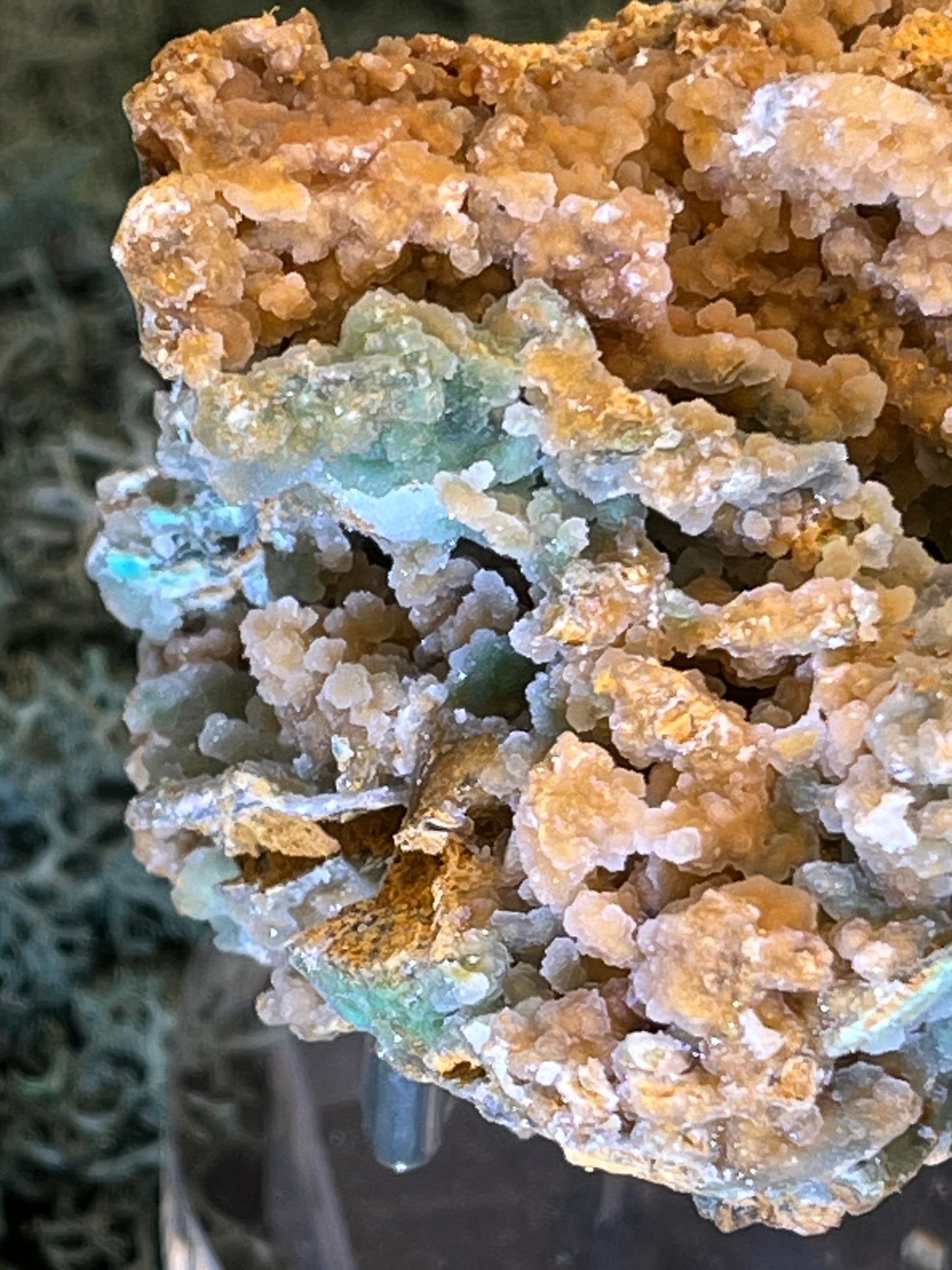
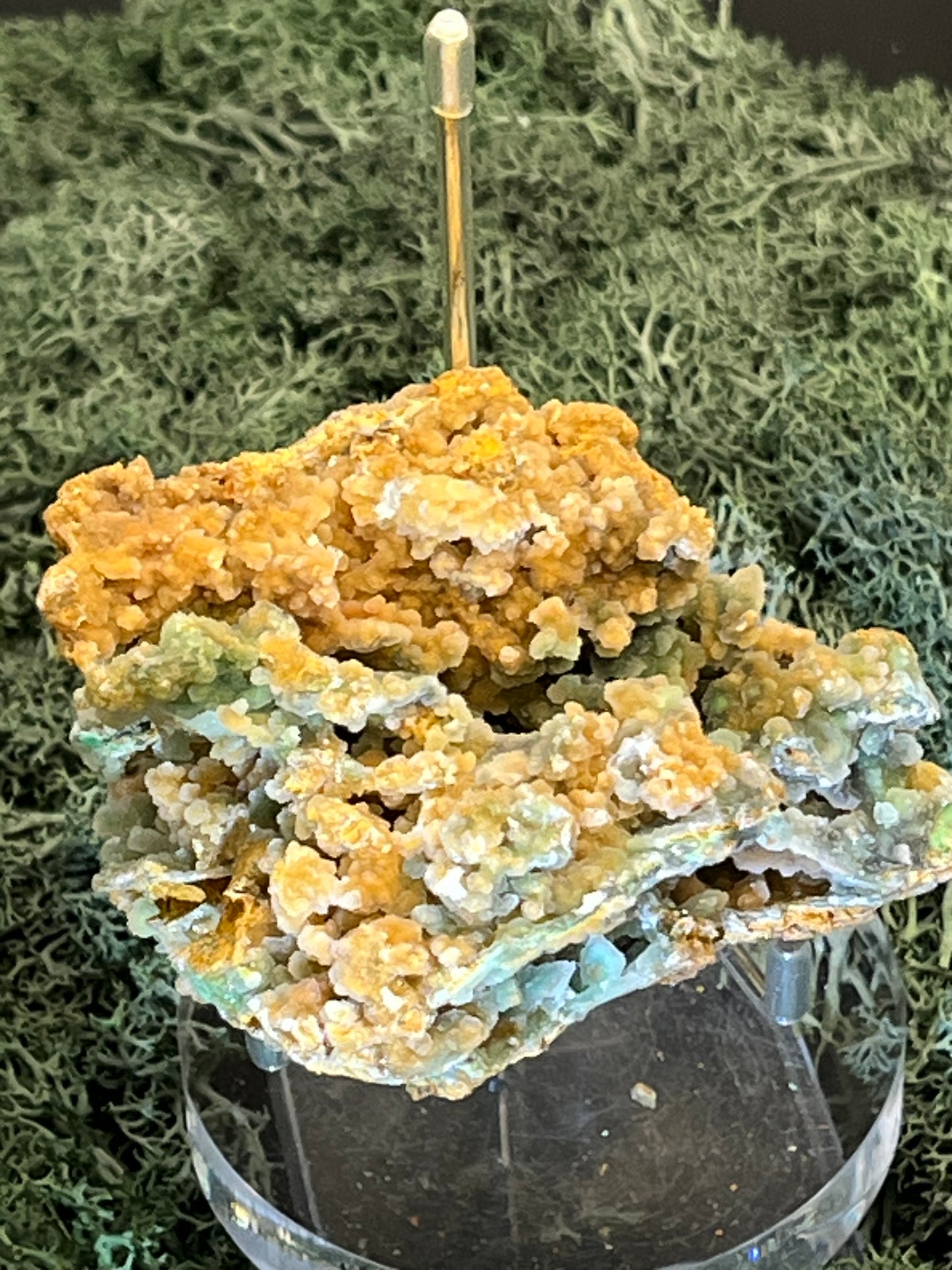
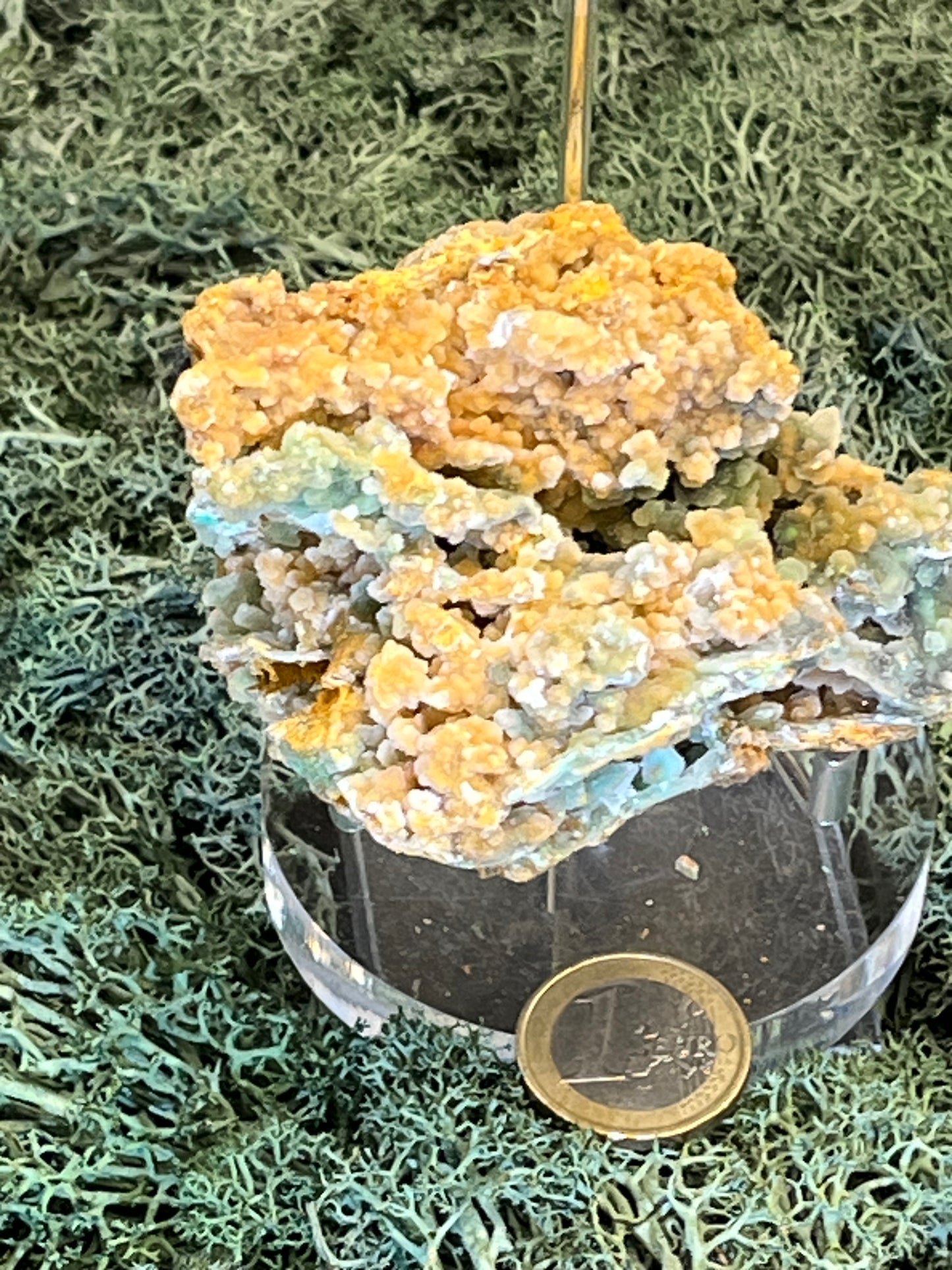
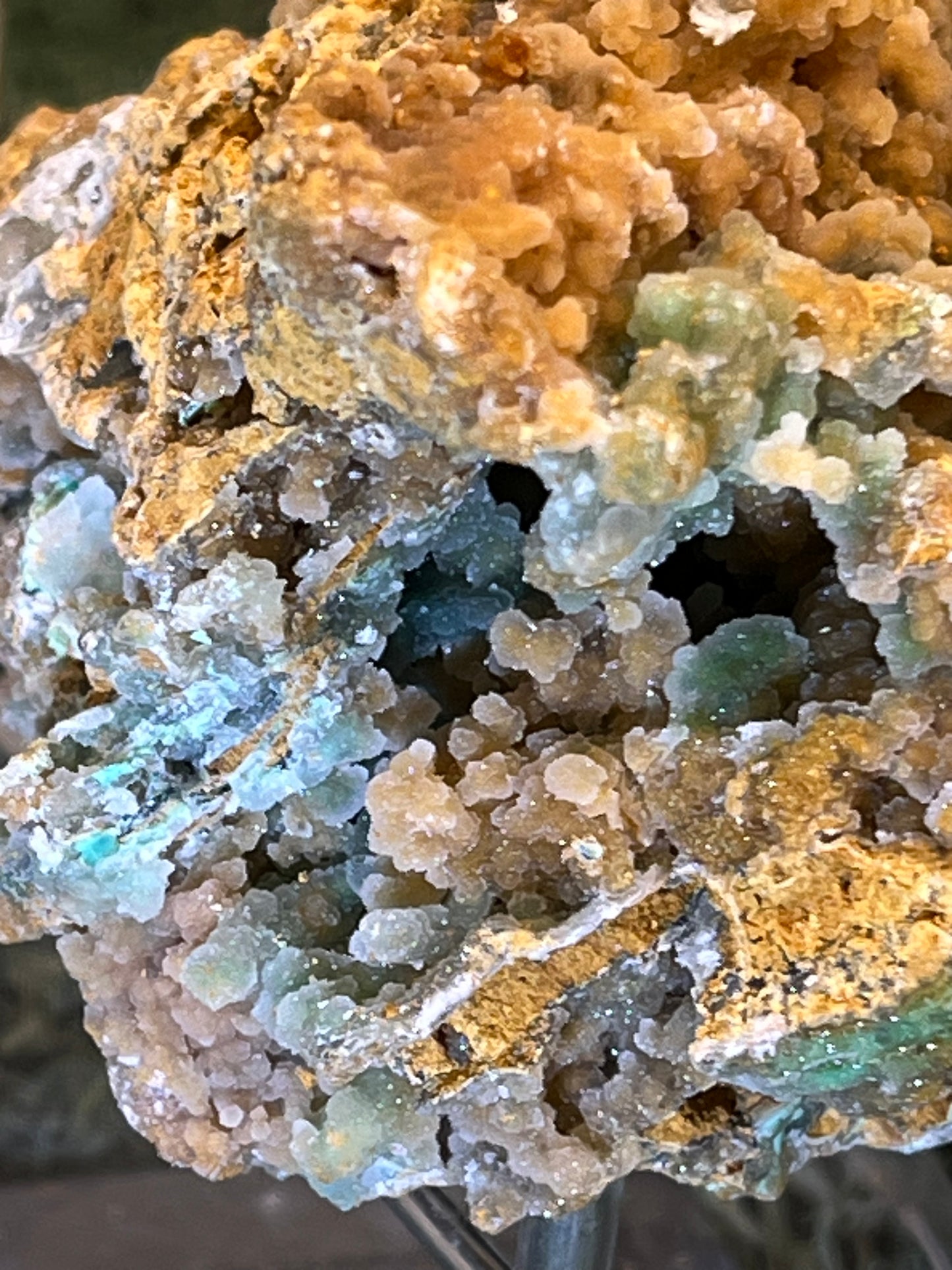
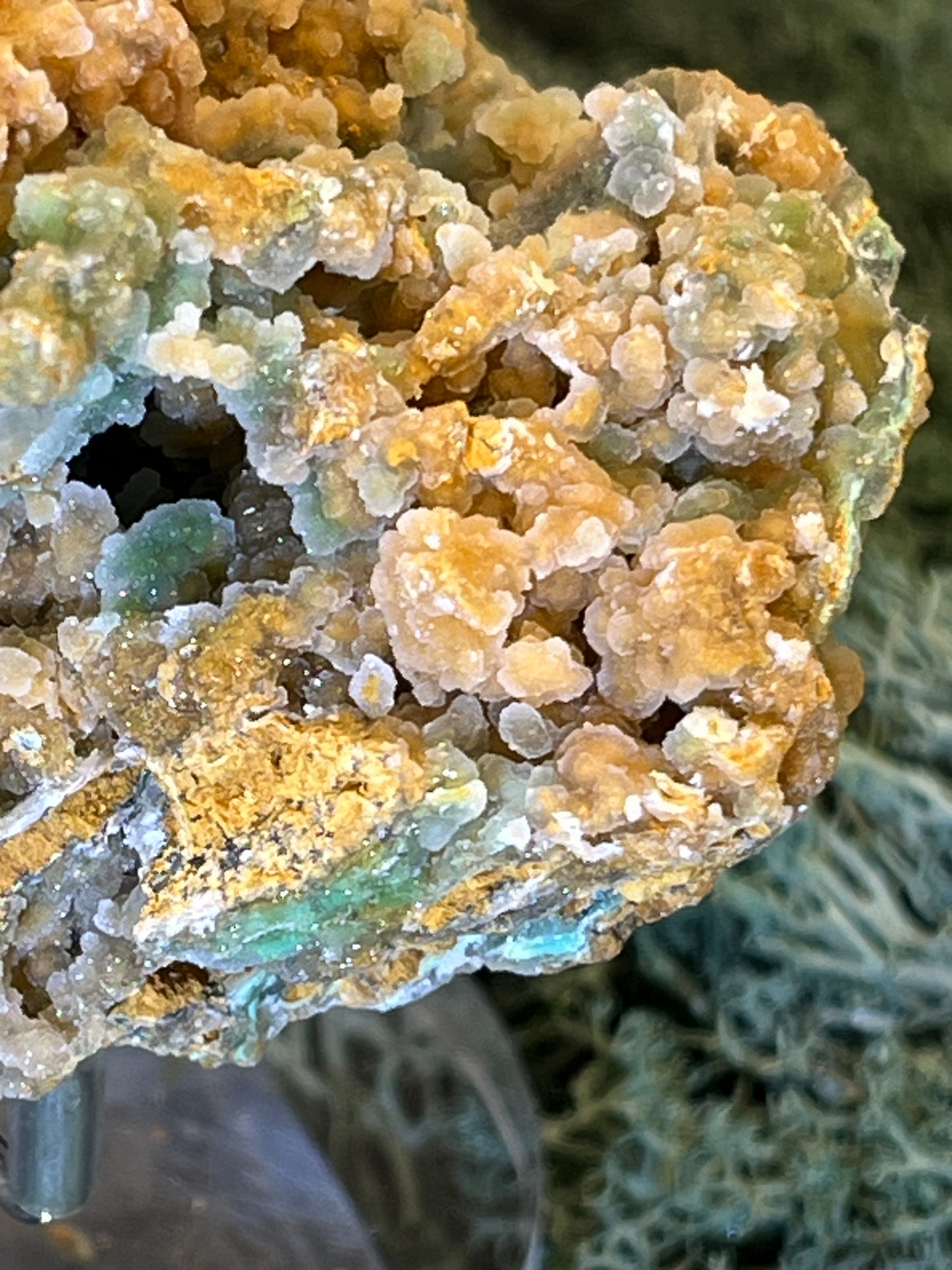

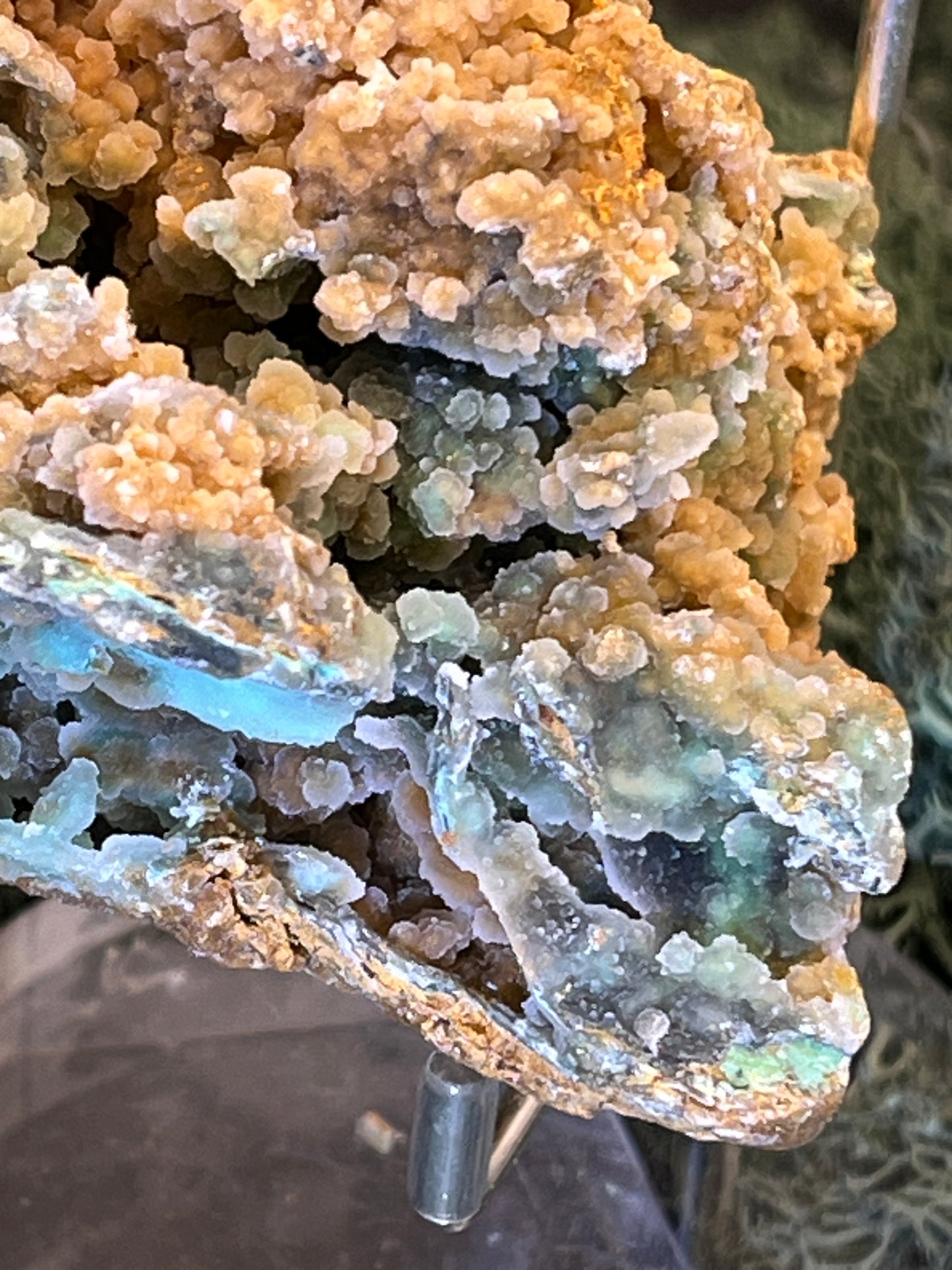
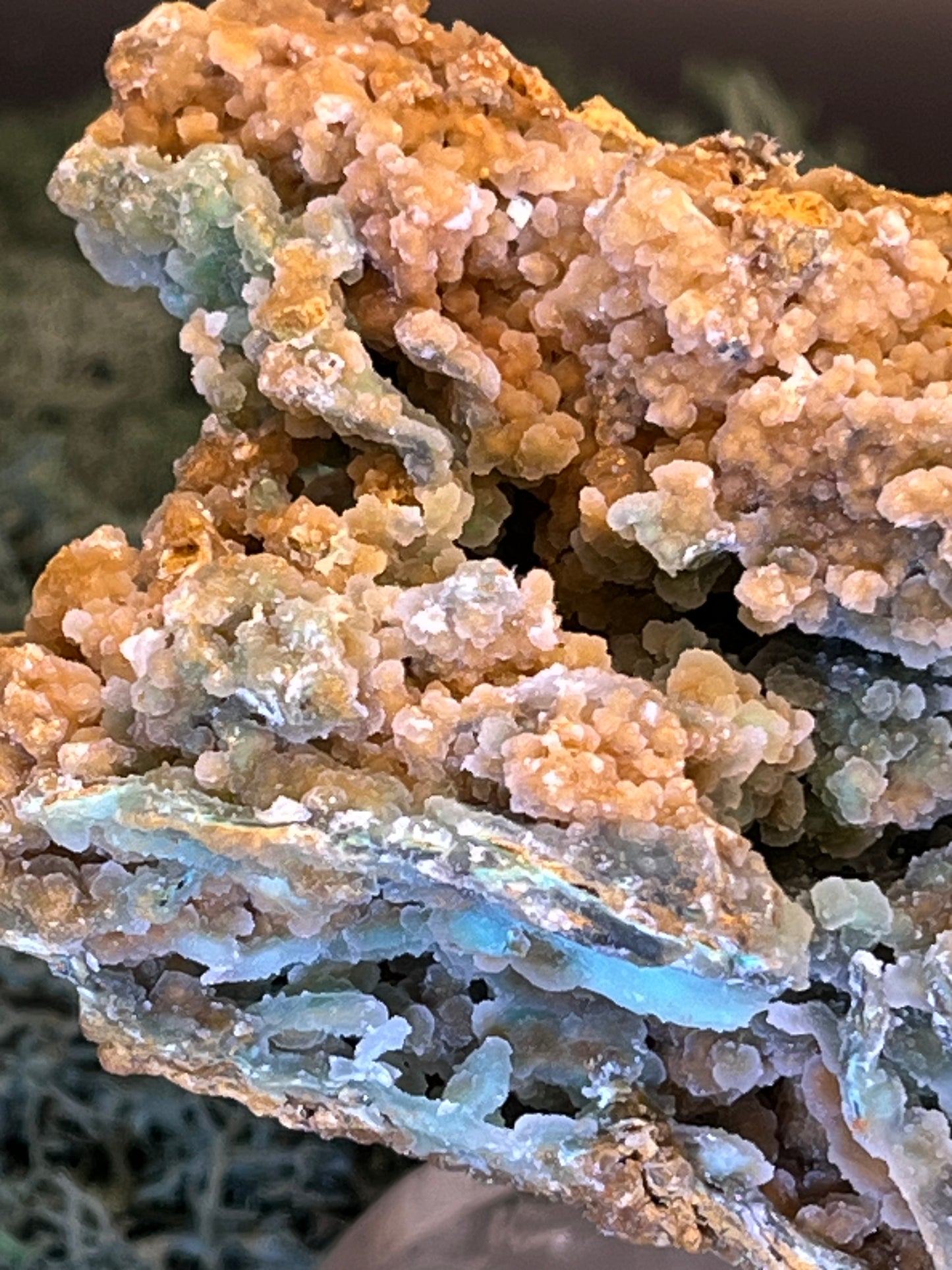
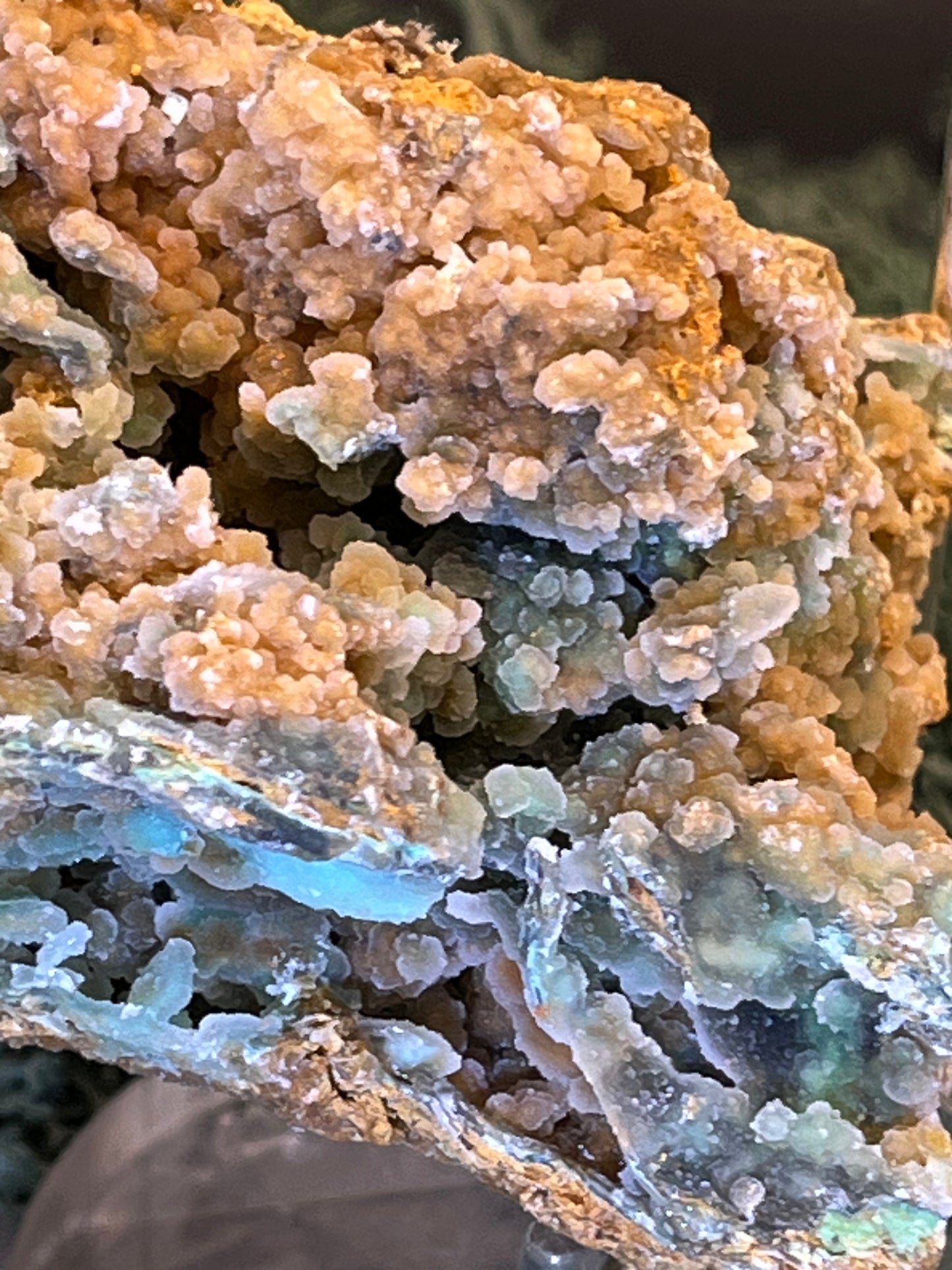
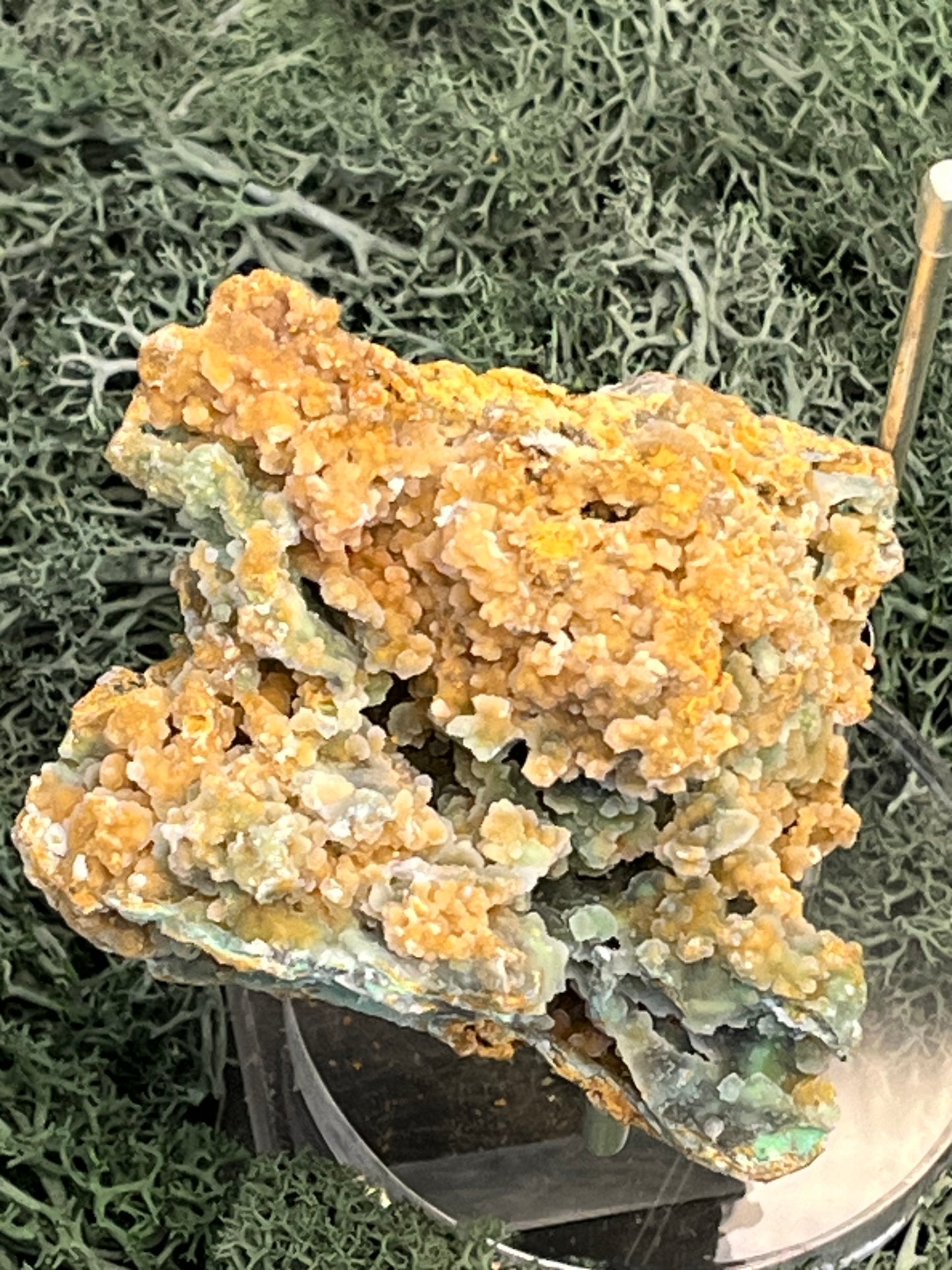

Häufig gestellte Fragen (FAQ)
Unsere Produkte sind sorgfältig ausgewählte Mineralien und Edelsteine. Jedes Stück ist ein Unikat.
Ja, alle unsere Steine sind 100 % echt und natürlichen Ursprungs. Wir arbeiten ausschließlich mit vertrauenswürdigen Lieferanten zusammen, um sicherzustellen, dass unsere Steine authentisch sind. Bei Ausnahmen weisen wir darauf hin.
Natürlich! Du bist herzlich eingeladen, unseren Showroom in der Olympiastraße 32 in 85622 Feldkirchen zu besuchen. Dort kannst Du unsere Produkte live erleben und Dich von uns beraten lassen.
Wir akzeptieren folgende Zahlungsmethoden:
- Kreditkarte (Visa, Mastercard, American Express)
- PayPal
- Sofortüberweisung
- Klarna (Rechnungskauf und Ratenzahlung)
Die Lieferzeit innerhalb Deutschlands beträgt in der Regel 2–4 Werktage. Für internationale Bestellungen kann die Lieferzeit variieren.
Ja, Du kannst Deine Bestellung innerhalb von 30 Tagen nach Erhalt der Ware zurückgeben. Bitte stelle sicher, dass die Produkte unbeschädigt und gut verpackt sind.
Ja, wir bieten eine ansprechende Geschenkverpackung kostenlos an. Wähle diese Option einfach während des Bestellvorgangs aus, und wir verpacken Dein Produkt passend als Geschenk.
Du kannst uns jederzeit per E-Mail unter crystalparadise@outlook.de oder telefonisch unter +49 176 21839299 erreichen. Alternativ kannst Du auch unser Kontaktformular nutzen.












